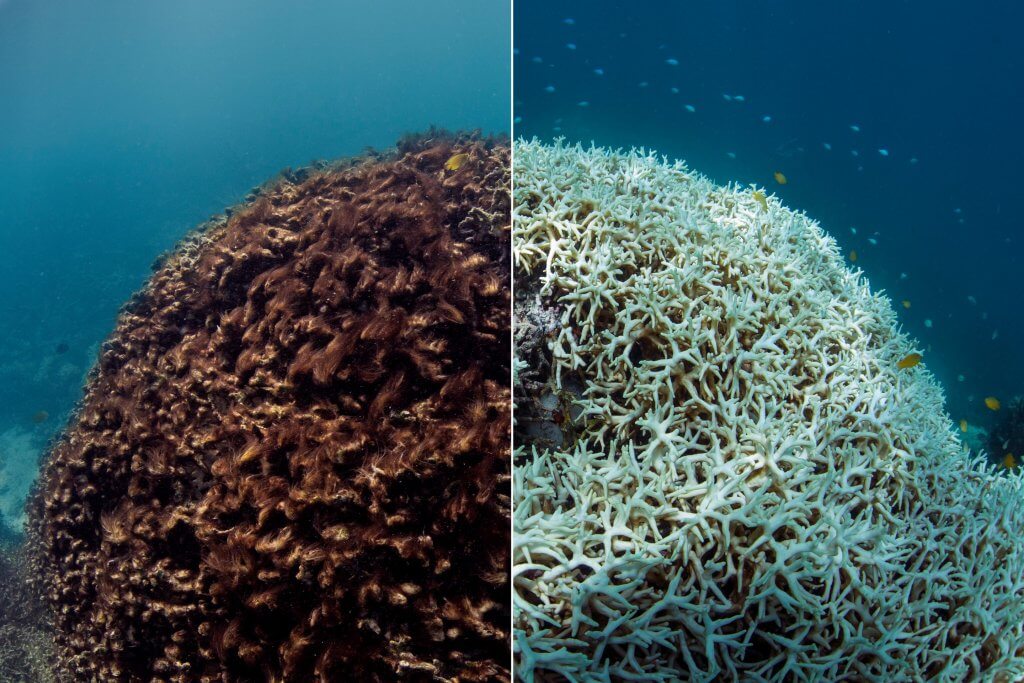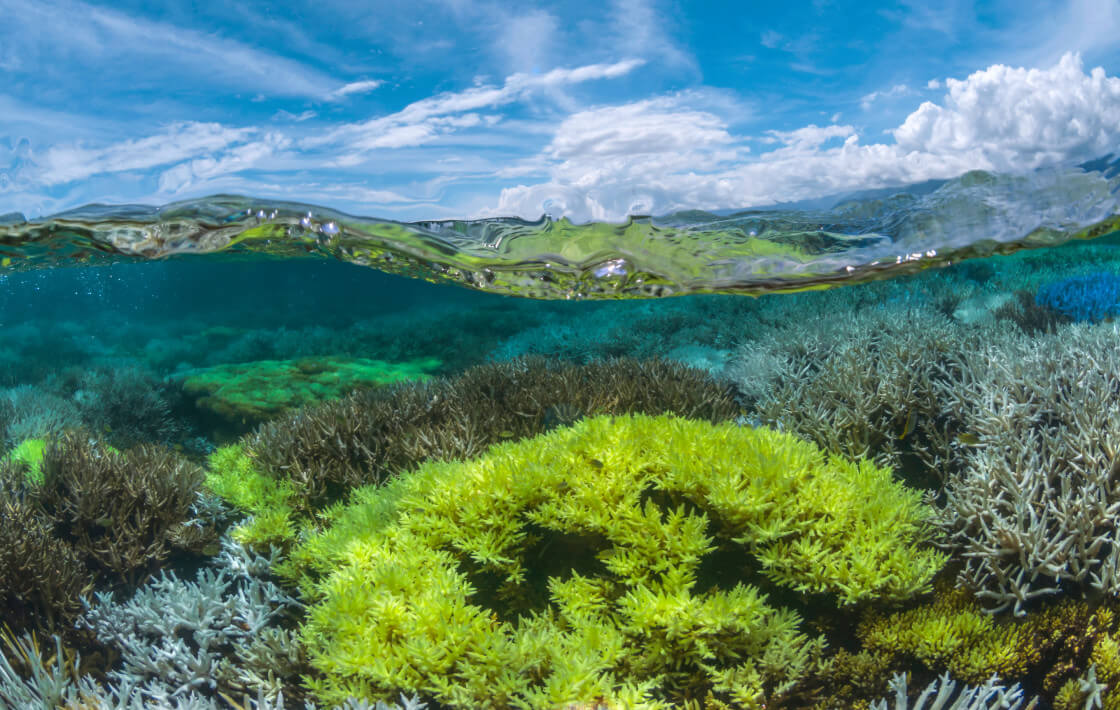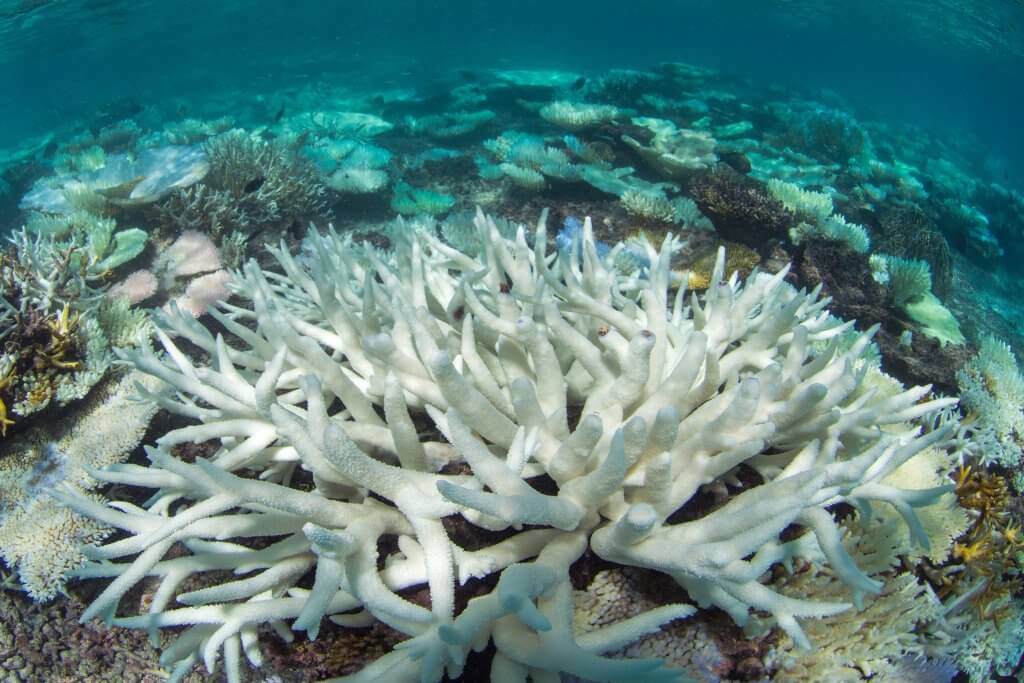Chasing Coral highlights reef plight to inspire clean energy future
A film that features the first time-lapse footage of coral bleaching is emerging as a campaign to inspire people around the world to protect reefs and secure a clean energy future.
“Chasing Coral”, by US production group Exposure Labs, is a bitter-sweet documentary, highlighting the scale of coral decline on sites such as the Great Barrier Reef through breathtaking photography and more than 650 hours of underwater footage. Filmed over three years, the footage spans 30 countries, and was created with the support of over 500 people globally.
Around 29 per cent of the coral on the Great Barrier Reef suffered in 2016 as a result of ocean acidification — a direct impact of higher concentrations of CO2 in the atmosphere and climate change. Ocean acidification creates unliveable conditions for exo-skeletal marine creatures such as coral. With current trends, the film predicts that most of the world’s coral will be lost within 30 years as a result of bleaching and urges immediate climate action.
“This is one of the rarest events in nature happening, and everyone is oblivious to it. This is going on, and no-one is noticing,” says Richard Vevers, executive director of the XL Catlin Seaview Survey, which makes panoramic images of coral reefs, and whose footage was used in the film.

Before and After © The Ocean Agency – XL Catlin Seaview Survey – Richard Vevers & Christophe Bailhache.
Time-lapse footage
The Chasing Coral team opted to do the time-lapse photography manually, taking a dive each day to reset the camera and take a single shot. What it captured is bleaching documented over the space of a dozen images, going from colorful to white.
Coral is a fundamental part of a huge oceanic ecosystem, acting as a nursery for 25 per cent of fish species in the ocean, protecting the coastline, delighting visitors and divers, supporting tourism, and new advances in medicine. The time-lapse footage makes the abstract scale of climate impact on coral reefs both real and comprehensible.
Chasing Coral won a Sundance Audience Award earlier this year for its painstaking technical efforts, breathtaking photography and startling emotion. Director Jeff Orlowski also worked on Chasing Ice, the 2013 documentary that charted the retreat of glaciers as a result of global warming.
Meaningful action still possible
While the film is bitter-sweet, photographer Vevers, says there is still time: “You look at every piece of climate change action and it’s about improving peoples lives. Creation of jobs, reducing pollution, greenifying cities. It is essentially a great transformation that is already beginning.”
The Chasing Coral team is inviting people across the world to host a film screening in their community, “waking up the world’ by sharing information on social media, and taking meaningful action to protect reefs and support a transition to clean energy.

Coral in New Caledonia fluorescing before death © The Ocean Agency – XL Catlin Seaview Survey – Richard Vevers

Bleached coral © The Ocean Agency – XL Catlin Seaview Survey – Richard Vevers

